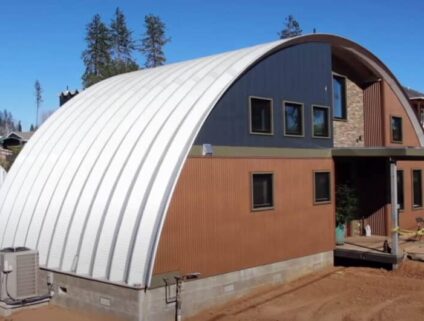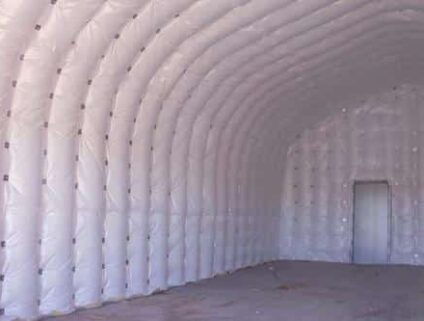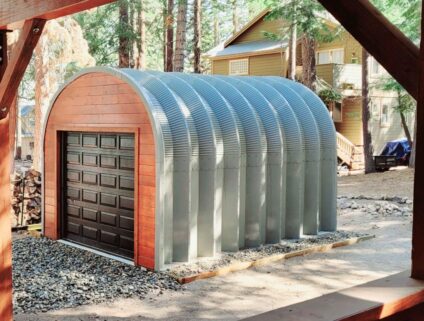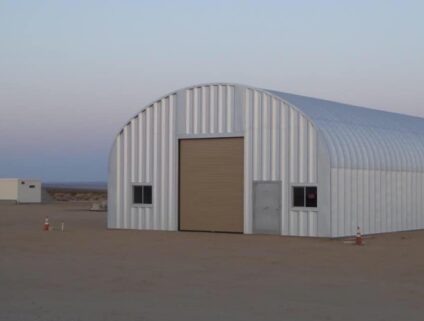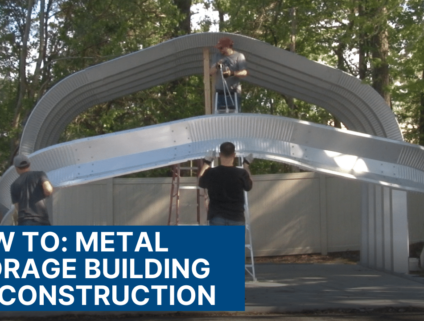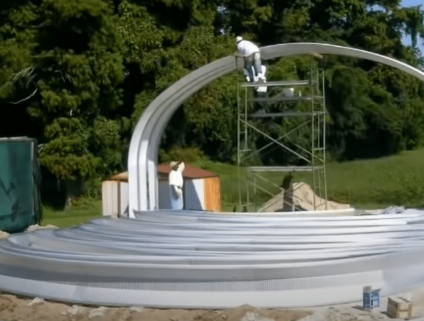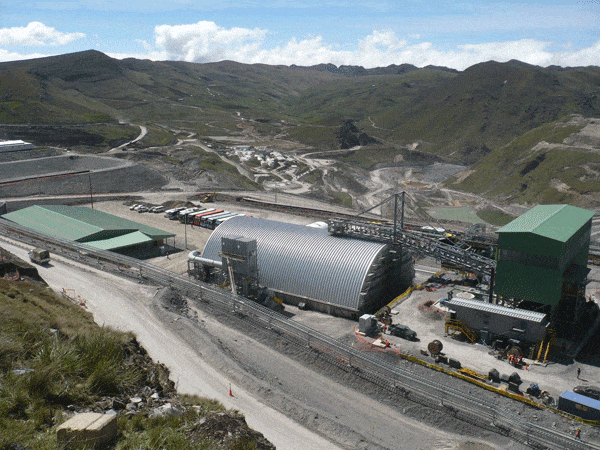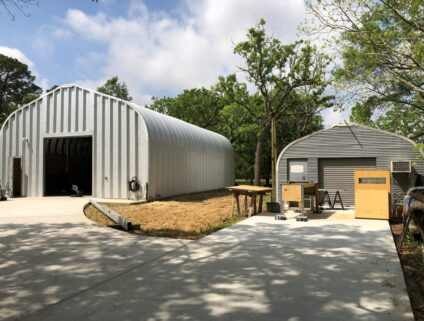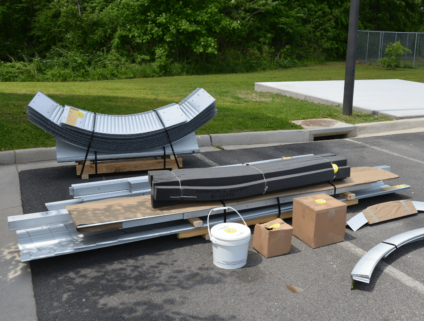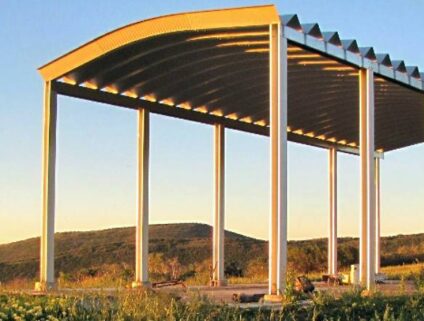The Differences Between Quonset Huts and Nissen Huts
Nissen huts and Quonset huts are iconic structures with significant historical importance, particularly during wartime. Both structures were designed to provide quick and efficient shelter solutions, but differ in their architectural design and applications.
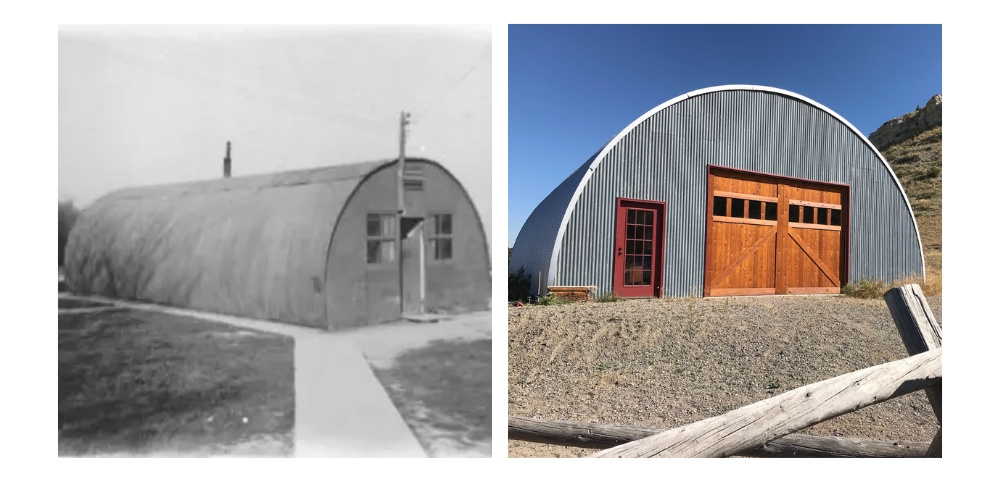
Shaping History: The Origin of Iconic Military Structures
The Nissen hut was created during World War I by Major Peter Nissen of the 29th Company, Royal Engineers in the United Kingdom. It was originally developed to house British soldiers. Over 100,000 Nissen huts were produced during the First World War. Nissen patented his design in the UK and later introduced the Nissen hut to the United States, Australia, and South Africa.
George Fuller Co. improved upon the Nissen design by removing the building’s frame and manufactured the first Quonset huts in the United States. The Quonset hut is named after the location where it was first built, the Davisville Naval Construction Battalion Center at Quonset Point, Rhode Island. The United States military utilized the structures for military housing throughout World War II, until the mid-1960s, and then they became popular for civilian use.
Different But Efficient Construction Techniques

Both Nissen and Quonset huts are prefabricated, meaning they are pre-drilled and easy to assemble. However, the key difference between them is that Nissen huts require an interior frame, typically made of metal, with metal sheeting bolted on top while Quonsets do not. Using a frame has many inherent downsides:
- More to transport
- Harder to construct
- Longer construction process
Alternatively, the Quonset hut design does not require interior beams or tresses as the strength of the structures is in the arches. George Fuller was able to remove the frame by using stronger materials such as steel, corrugation, and thicker gauges of metal.
Because today’s Nissen huts for sale are likely older structures built decades ago, prices typically vary from modern Quonset huts. Many Nissen huts were converted into agricultural or industrial storage in the United Kingdom, and some were demolished.
In the U.S., Quonset huts are now the top choice for prefabricated, arch-style structures. This is because the design of the Quonset hut has developed over time to increase the quality and include more models and sizes.
Today, Quonset huts are used across the globe for applications like workshops, storage buildings, sheds, garages, and even homes!

Nissen huts and Quonset huts are enduring testaments to wartime innovation and practicality in architectural design. Their evolution from military shelters to versatile modern structures highlights their lasting impact on construction practices and their ability to adapt to changing needs over time. Today, these iconic huts continue to serve as reminders of ingenuity and utility, bridging historical significance with contemporary applications in architecture and beyond.
Categories
Tags

